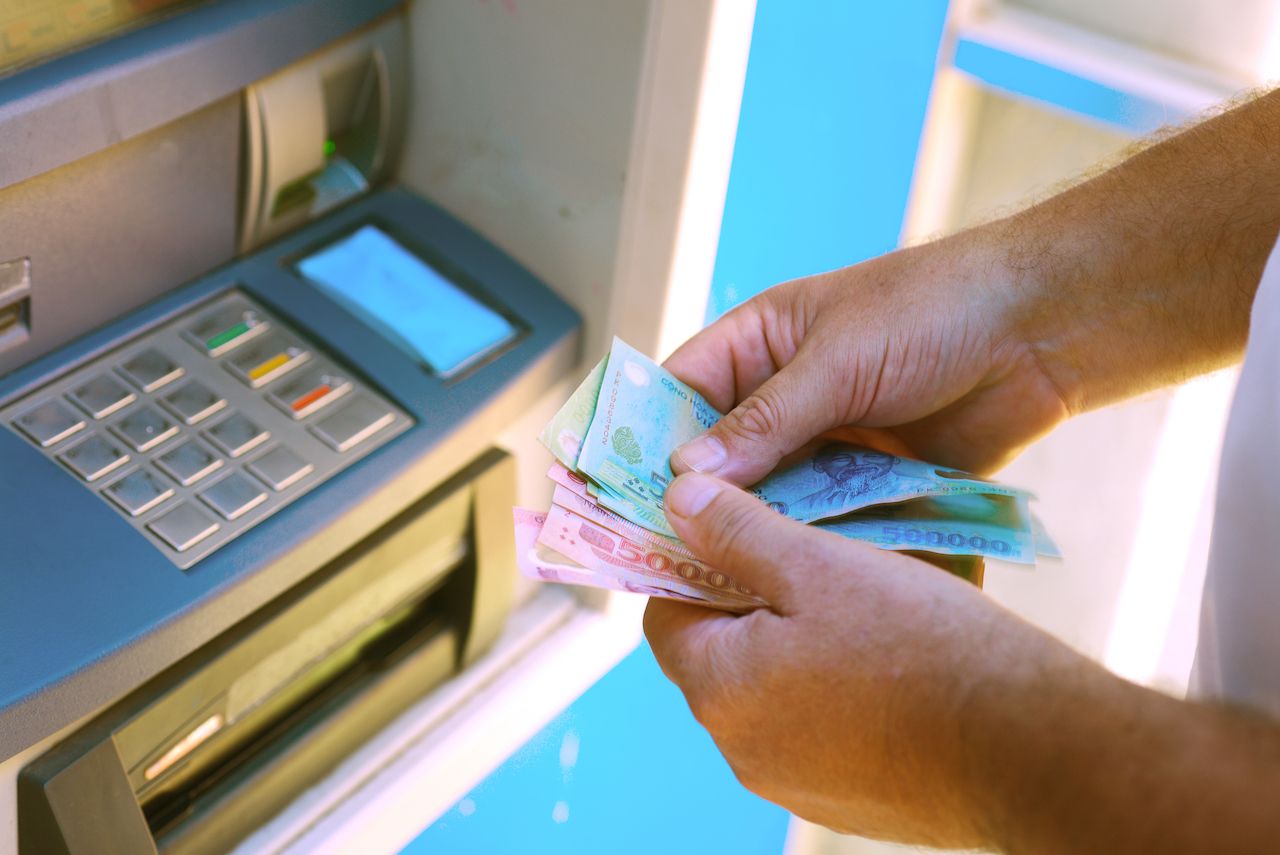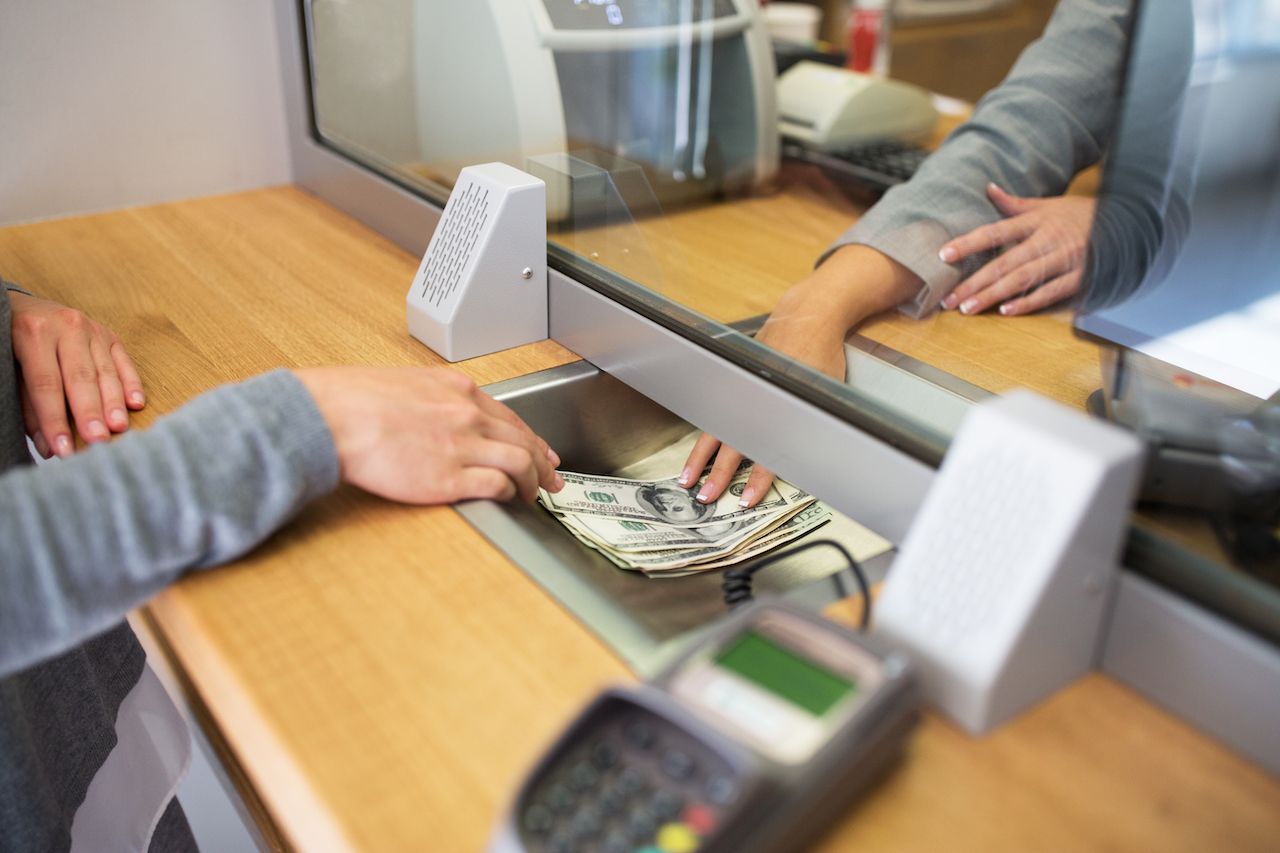When it comes to using currency abroad, everything has changed with the rise of travel rewards credit cards, international ATMs, and travel-friendly bank accounts. Gone are the days when preparing for an international trip involved ordering $2,500 worth of traveler’s checks from your bank, only to find them gone a solid week before your trip ends, leaving you panicked in your hotel room with no choice but to enact your best “daddy please” voice and phone home for a wire transfer. Even the long-standing airport currency exchange booth, which for years stood as destination number one for travelers touching down abroad, is nearly obsolete in many circumstances.
When you’re far from home and the need for cash arises, the modern, globally compatible ATM is your best friend. And yet, many people still assume they’re going to get insane fees or worse, their identity stolen, for doing so. Here’s everything you need to know about ATMs abroad, when you should use them, and when you’re better off sticking with it’s often conniving, human-operated counterpart.


